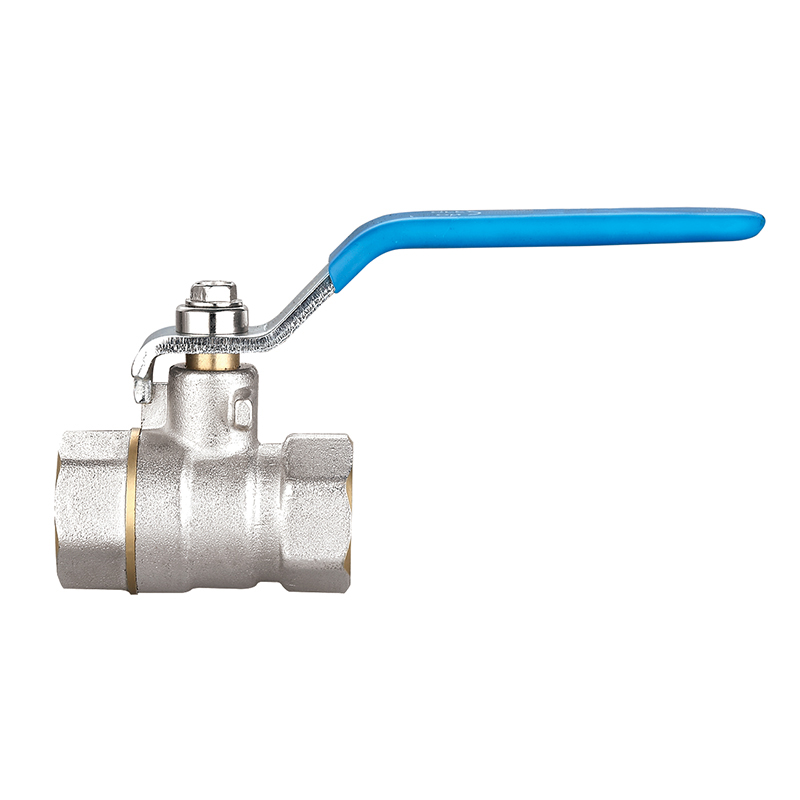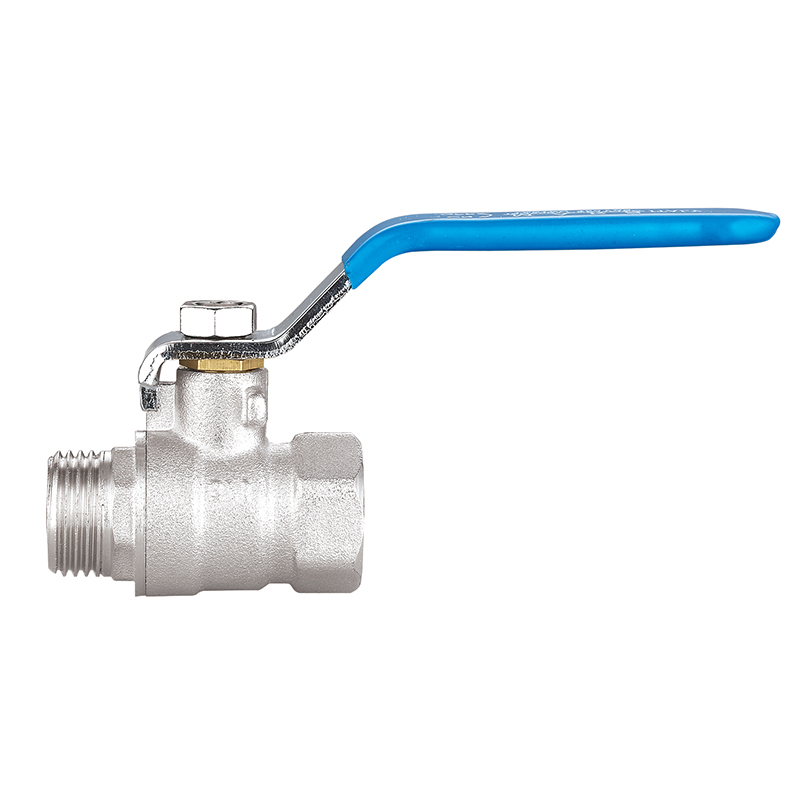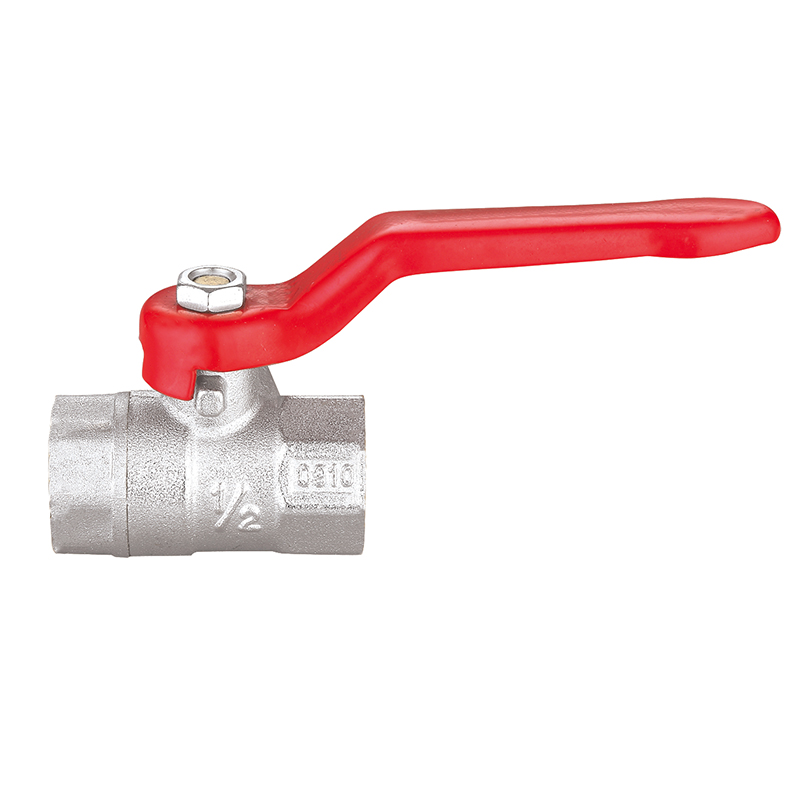Spring Check Valves: Essential Guardians Against Backflow in Critical Fluid Systems
2025-07-11
In fluid management and piping systems, preventing backflow is to maintaining operational integrity, safeguarding equipment, and ensuring safety. Among the various types of check valves designed for this purpose, spring check valves have gained significant prominence. Their reliable one-way flow control, compact design, and adaptability to diverse environments make them indispensable in applications ranging from municipal water supply and wastewater treatment to complex industrial processes. With a broad range of designs such as swing check, lift check, and ball check valves complementing their use, spring check valves remain a cornerstone in preventing reverse flow and its damaging consequences.
The Role of Spring Check Valves
Spring check valves function by automatically permitting fluid flow in a single direction and preventing flow reversal, which could otherwise cause contamination, equipment damage, or process interruptions. Unlike other check valves that rely solely on gravity or fluid dynamics to close the valve, spring check valves use a spring mechanism to ensure the valve disc or poppet closes promptly when flow reverses, providing rapid response even in low-pressure scenarios.
This spring-assisted closure mechanism makes them especially useful in applications where backflow prevention must be effective regardless of flow velocity or orientation, such as in vertical piping or systems with fluctuating pressures.
Applications Across Key Industries
Spring check valves are widely deployed in water supply systems, where they protect pumps and filtration units from damage caused by reverse flow and water hammer effects. Their fast-acting closure reduces the risk of pressure surges that can rupture pipes or degrade system components.
In wastewater treatment plants, these valves prevent back-contamination, ensuring that treated water remains clean and that biological processes are not disrupted by unwanted fluid ingress. Their robustness allows them to handle fluids with suspended solids or varying chemical compositions often found in such environments.
Industrial processes spanning chemical manufacturing, petrochemical refining, and food and beverage production also depend heavily on spring check valves. These valves guarantee that process fluids maintain directional flow, protecting sensitive equipment such as compressors, pumps, and heat exchangers, and preventing costly downtime.

Design Variations and Their Advantages
Spring check valves come in several design variations, each tailored for specific operational conditions:
Swing Check Valves: Featuring a hinged disc that swings open and closed with flow direction, these valves are suited for larger diameter pipes and low-pressure systems. While they offer flow resistance, their closure depends more on gravity and flow velocity, making them less effective in certain orientations.
Lift Check Valves: Utilizing a disc that lifts off a seat to allow flow and drops back to close, lift check valves provide rapid shutoff and are often employed in vertical pipe installations. Their straightforward design accommodates higher pressures and temperatures.
Ball Check Valves: Featuring a spherical ball that seals the seat, ball check valves are compact and effective for applications with turbulent or pulsating flows. The spring mechanism can assist the ball’s return, enhancing sealing performance.
Spring check valves uniquely combine the spring mechanism with these basic designs to optimize sealing speed and reliability, particularly in situations where gravity alone would be insufficient to close the valve promptly.
Material Selection and Durability
To withstand diverse fluids and operating environments, spring check valves are constructed from a range of materials including brass, stainless steel, cast iron, and specialized alloys. The choice of material affects corrosion resistance, strength, and suitability for specific fluids such as chemicals, slurries, or potable water.
The springs themselves are typically made from stainless steel or other corrosion-resistant metals to maintain elasticity and function over extensive service periods.
High-quality seals and seats, such as elastomeric or PTFE linings, further enhance valve tightness and durability, ensuring leakage and long operational life even under demanding conditions.
Installation and Maintenance
Spring check valves are designed for easy installation, with standard connection types such as threaded, flanged, or welded ends accommodating integration into existing piping systems. Their compact design allows for installation in tight spaces and various orientations, including horizontal and vertical pipelines.
Whether you want to become our partner or need our professional guidance or support in product selections and problem solutions, our experts are always ready to help within 12 hours globally.




 русский
русский Español
Español عربى
عربى





